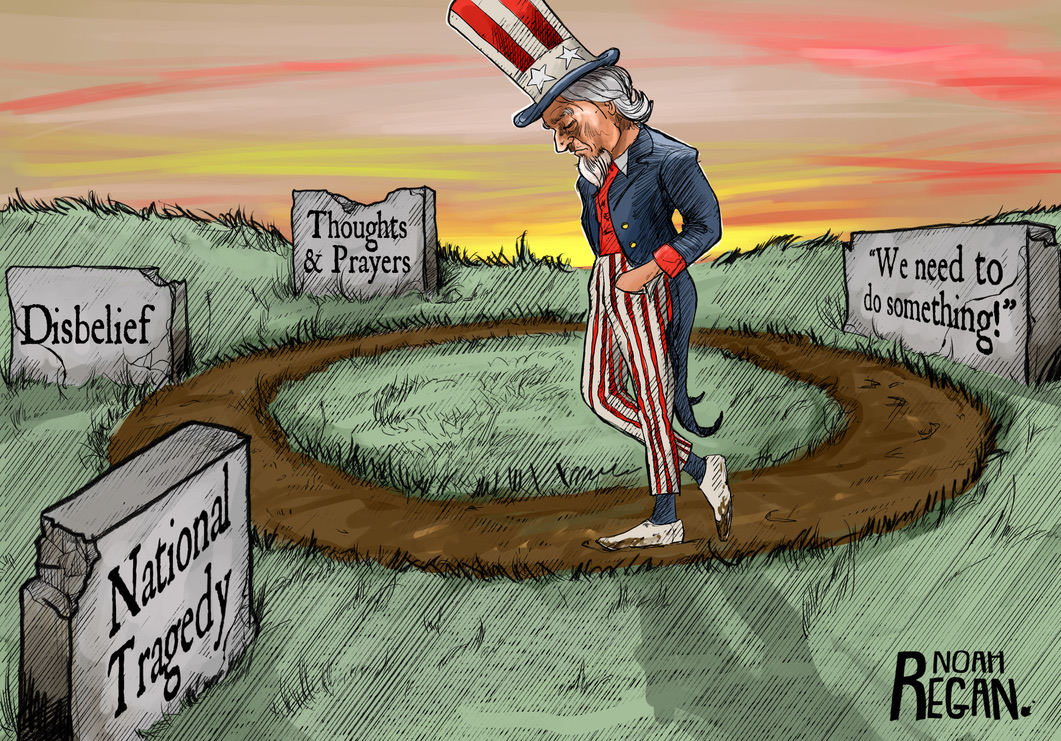Since the NCUA updated its rule for mergers in 2017, almost 1,000 voluntary mergers have been completed. In the first quarter of 2022, 41 mergers involving 366,000 members and $5.5 billion in assets were announced.
These were overwhelming strong, long-serving successful credit unions whose boards and CEO’s decided to turn their loyal members’ futures over to another firm.
The 2017 rule was intended to correct self-dealing transactions that were prompted by payouts to senior managers and staff to incent sound credit unions to give up their charters.
The rule required disclosure of all compensation related benefits that would not have occurred if the merger had not taken place. The result has been some, but not all disclosures of promised payments.
The rule has not prevented enrichment, but ironically validated them. The amounts and creativity of merged CEO payouts are growing. Financial Center CU’s CEO and Chair transferred $10 million of the credit union’s capital to their private firm incorporated just prior to merger.-all with NCUA pre-approval. In the merger of Xceed CU the CEO negotiated a $1.0 million dollar merger bonus while promising members to look after their interest as President of Kinecta FCU for three years-only to leave within six months.
The CEO of Global negotiated a “change of control” clause in his contract that will pay him $875,000 upon merger with Alaska USA. Change of control is used in stock corporations for managers who might lose their positions in a sale of the firm. In this case the CEO negotiates the employment clause, seeks out a merger, retains employment post merger as President, Pacific and International Markets, and pockets the money for the deal whose terms he set up.
The Banking Industry Is Looking at Merger Practices
In a May 9, 2022 speech at Brookings, the Comptroller of the Currency announced a review of bank merger approvals:
From my perspective, the frameworks for analyzing bank mergers need updating. Without enhancements, there is an increased risk of approving mergers that diminish competition, hurt communities, or present systemic risks.
Bank mergers should serve communities, support financial stability and industry resilience, enhance competition, and enable diversity and dynamism of the banking industry. Revisions to the bank merger framework would help to realize this goal.
NCUA’s rule 2017 merger rule was off target. It did disclose self-enrichment, incentives which were common place. But it did not prohibit them.. The rule entirely missed the Agency’s primary job which to protect members’ interests.
The evidence before and since the rule indicates that managers and boards act without consulting members, negotiate terms privately, and then present the events as final only needing the members’ perfunctory ratification.
Formal member approval is a foregone conclusion. All of the resources, information and control was in the hands of those who set up the deal. Members are unable to challenge let alone question the actions.
As members are shut out of the process, the concept of member owned financial institutions becomes a fiction. Boards and management control the fate of a charter, its resources and relationships. Members’ interests, loyalty and accumulated wealth are just pawns in management’s efforts to enhance their well-being.
As demonstrated yesterday, the majority of mergers are sound, long-serving and certainly capable of operating on their own.
How does one bring balance, objectivity and most importantly, member interests, to the fore in this increasingly wild west of uninhibited sellouts of cooperatives.
One writer, Denise Wymore, has urged a greater commitment to purpose by credit union leaders.
Decisions, not conditions, determine your credit union’s future.
Do we look for the why behind a tough situation or do we just complain about it? Increased regulation, cost of technology, economies of scale, expanded products and services, lack of succession planning. Struggling to achieve a goal is normal and natural. Is it possible to work together to address the challenges facing “at risk” credit unions?
You have to find meaning, a purpose, something bigger than yourself. Reflect and think about your credit union’s purpose, passion, meaning…
The Comptroller outlined enhanced regulatory reviews such as:
“Community feedback on the impact of a proposed merger also is important. . . .For example, for mergers involving larger banks, , the OCC is considering adopting a presumption in favor of holding public meetings.” and,
“The OCC takes into account an acquiring bank’s CRA rating and performance. Banks with unsatisfactory CRA ratings are highly unlikely to receive merger approval.” and,
Financial Stability in “too-big-to-manage is a risk with mergers, especially for banks engaged in serial acquisitions.”
Whether NCUA can reassess its role in mergers is questionable. Unless political pressure from the Congress is exerted, NCUA seems oblivious to the reputational and safety and soundness implications of the wheeling and dealing now occurring, and the harm done to the communities who are losing their local institutions.
Putting Market Forces Back In transactions
I believe two changes in merger policy are required. The first is make members’ interest the paramount criteria in any proposed charter cancellation via merger. Secondly members should have the benefit of market forces to inform their decision.
Market choice would entail that all credit unions who decide to explore mergers would announce that intent publicly, invite all parties to express interest (both credit unions and non-credit unions) and then select the option the board believes meets the test of members’ best interest. The full process would then be presented to the members for their approval or turn down.
The options for future employment, products and services, return of member capital would all be part of the public record and members would have the information needed to make an informed choice. If a firm that is not selected wants to make a better offer, it would be able to do so and ask the members to turn down the board’s recommendation.
Putting Members Back in Charge
This change would place members in charge of the future of their credit union; not management and its personal preferences for future employment.
Mergers when sought should be a means to the end of enhancing member options and value. Today mergers alone have become the goal. They are about self-dealing, power and control by a few. It is time that members are given the choice about who they want in charge of their shares and loans.









